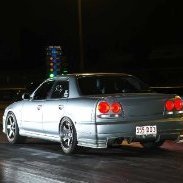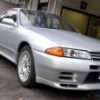Woo Hoo Dump Pipe Finially Arrived
Announcements
-
Similar Content
-
Latest Posts
-
By Dose Pipe Sutututu · Posted
Oh nah, S55 doesn't eat bearings, just the crank hub slips lol. -
By TurboTapin · Posted
I welcome any basic question that can help haha. Yes it has 2 unis but the driveshaft is a one piece and the unis are welded without a slip yoke at each end. What's funny is anytime I've ever had wheel vibrations it's always been in the front so I automatically assume it will lead to steering wheel shake and not chassis vibration. With that being said, I never considered looking at my rear wheel balance... I have doubts though as this wasn't an issue before I pulled the motor and trans but is still very much worth a look. I'll do that tonight after work. Thanks. -
If it's just a vibration at higher speed, check wheel weights too.
-
Sorry for the basic question...but if the driveshaft has 2 unis, are they aligned properly? If they are 90o out it will vibrate like a bastard
-









Recommended Posts
Create an account or sign in to comment
You need to be a member in order to leave a comment
Create an account
Sign up for a new account in our community. It's easy!
Register a new accountSign in
Already have an account? Sign in here.
Sign In Now